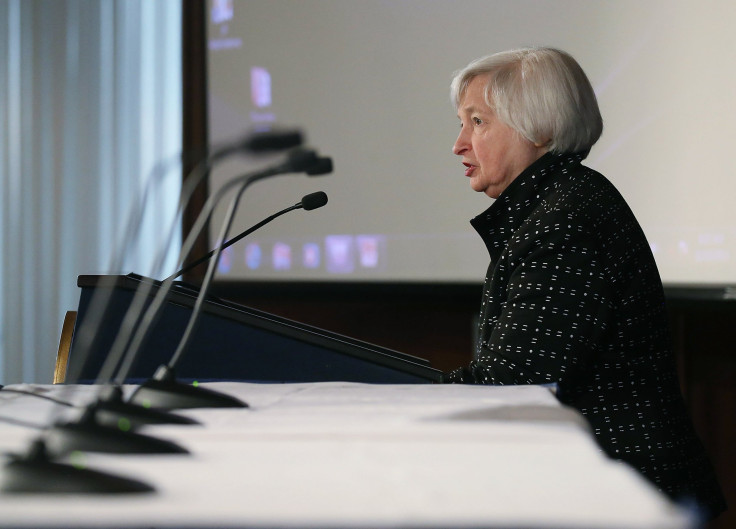No More AIGs: Federal Reserve Curtails Emergency Lending Power

The Federal Reserve agreed Monday to clip its own wings when it comes to doling out emergency loans to struggling financial institutions. The new rules, which followed growing pressure from lawmakers leery of big-bank bailouts, prevent the so-called lender of last resort from a repeat of efforts in 2008 that helped save AIG and Bear Stearns.
From now on, the Fed would be prevented from extending assistance to a single bank or insurer. Any emergency lending would instead need to be broad-based and addressed to the wider financial system, a response to worries that Fed lending could introduce conflicts of interest.
In an open meeting Monday, Fed Chair Janet Yellen underlined the Fed’s authority. “Emergency lending is a critical tool that can be used in times of crisis to help mitigate extraordinary pressures in financial markets that would otherwise have severe adverse consequences for households, businesses, and the U.S. economy,” she said.
The Fed’s emergency lending powers -- which date back to the 1930s -- have attracted numerous critics, who rail against the implicit guarantees the Fed seems to give to financial giants. Detractors have characterized emergency lending as “backdoor bailouts,” citing the $710 billion in lending the Fed provided during the financial crisis.
“If big financial institutions know they can get cheap cash from the Fed in a crisis, they have less incentive to manage their risks carefully,” said Sen. Elizabeth Warren, D-Mass., when she brought out legislation earlier this year intended to rein in the Fed’s lending powers.
Fed Governor Daniel Tarullo spoke to those concerns Monday, noting the “longstanding tension between the policy aims of containing moral hazard … with wanting to retain flexibility” in granting emergency loans. The Fed has resisted relinquishing all of its emergency lending authority, arguing that its crisis response would be deeply hampered.
The rules agreed to Monday follow a mandate in the 2010 Dodd-Frank Act to introduce limitations on the Fed’s crisis lending abilities. All lending would be done at a penalty interest rate higher than market rates. And the Fed would be required to provide lawmakers with explicit justification for any broad-based bailouts of financial institutions.
© Copyright IBTimes 2024. All rights reserved.






















